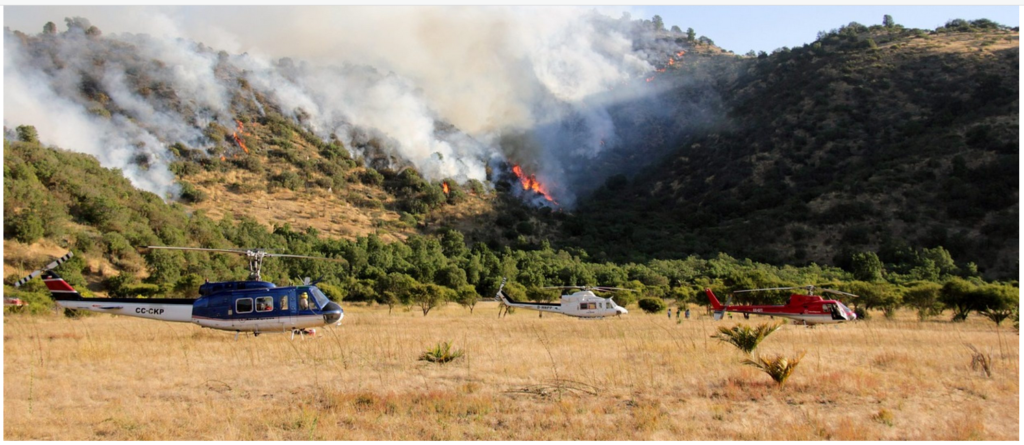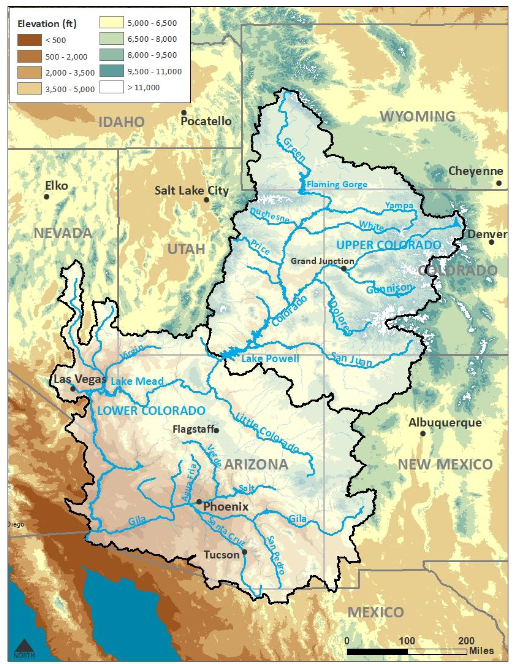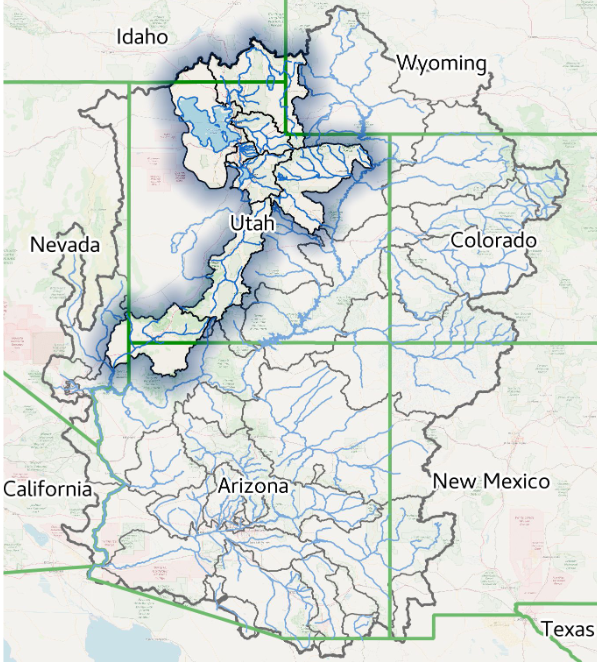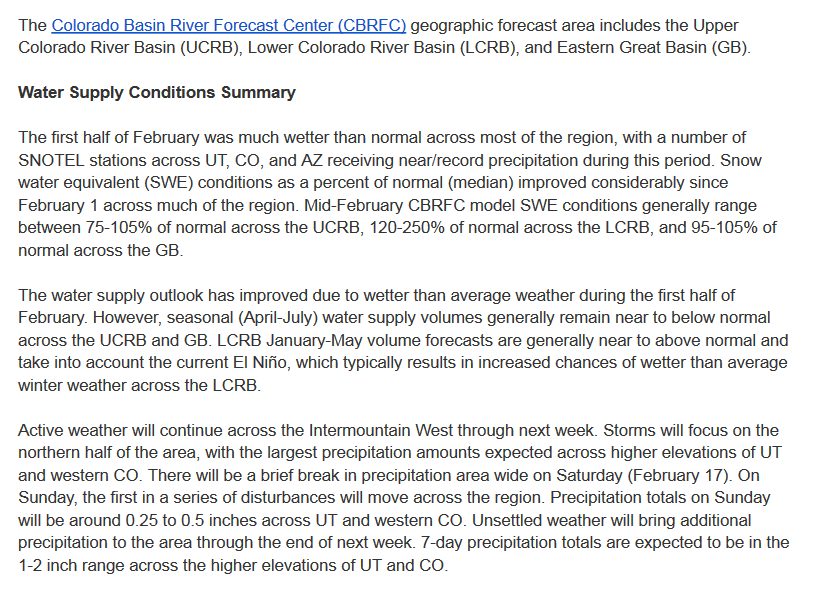Summary Of the Markets Today:
- The Dow closed up 457 points or 1.18%,
- Nasdaq closed down 2.96%,
- S&P 500 closed up 2.11%,
- Gold $2,034 down $0.50,
- WTI crude oil settled at $78 up $0.53,
- 10-year U.S. Treasury 4.321% down 0.001 points,
- USD index $103.95 down $0.05,
- Bitcoin $51,933 up $972 (1.91%),
*Stock data, cryptocurrency, and commodity prices at the market closing.
Today’s Economic Releases Compiled by Steven Hansen, Publisher:
The Chicago Fed National Activity Index (CFNAI) three-month moving average, CFNAI-MA3, increased to –0.02 in January from –0.14 in December. The MA3 is used for economic forecasting as it is much less volatile than the one-month index. Twenty-six of the 85 individual indicators made positive contributions to the CFNAI in January, while 59 made negative contributions. Thirty-one indicators improved from December to January, while 53 indicators deteriorated and one was unchanged. Periods of economic expansion have historically been associated with values of the CFNAI-MA3 above –0.70 and the CFNAI Diffusion Index above –0.35. Conversely, periods of economic contraction have historically been associated with values of the CFNAI-MA3 below –0.70 and the CFNAI Diffusion Index below –0.35.

Existing-home sales grew in January 2024 year-over-year sales slipped 1.7% but month-over-month there was some improvement. The median existing-home price for all housing types in January was $379,100, an increase of 5.1% from one year ago ($360,800). NAR Chief Economist Lawrence Yun stated:
While home sales remain sizably lower than a couple of years ago, January’s monthly gain is the start of more supply and demand. Listings were modestly higher, and home buyers are taking advantage of lower mortgage rates compared to late last year. The median home price reached an all-time high for the month of January. Multiple offers are common on mid-priced homes, and many homes were still sold within a month. The elevated share of cash deals – 32% – indicated a market full of multiple offers and propelled by record-high housing wealth.

In the week ending February 17, the advance figure for seasonally adjusted initial unemployment claims 4-week moving average was 215,250, a decrease of 3,500 from the previous week’s revised average. The previous week’s average was revised up by 250 from 218,500 to 218,750.

Here is a summary of headlines we are reading today:
- Pakistan Considers Iran Gas Pipeline Restart Despite U.S. Sanctions
- Land Availability Forced India To Scale Back Solar Power Installations
- Red Sea Chaos To Have Limited Effect On LNG Prices
- EIA Confirms Crude Build, Surprises with Products Draw
- India’s Refining Margins Slump as It Struggles to Secure Russian Oil
- Nvidia shares pop 16% after AI-fueled bumper earnings
- Why ether is outperforming bitcoin by nearly 10% so far this year: CNBC Crypto World
- AI and semiconductor stocks surge after Nvidia’s earnings beat
- Tax evasion by millionaires and billionaires tops $150 billion a year, says IRS chief
- Dow, S&P 500 surge to record closes in best day of 2024 after Nvidia’s blockbuster earnings
Click on the “Read More” below to access these, other headlines, and the associated news summaries moving the markets today.


















